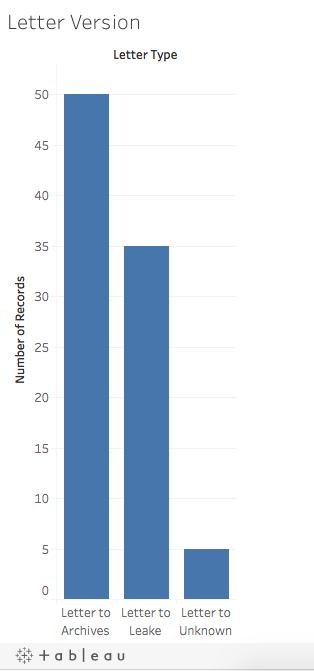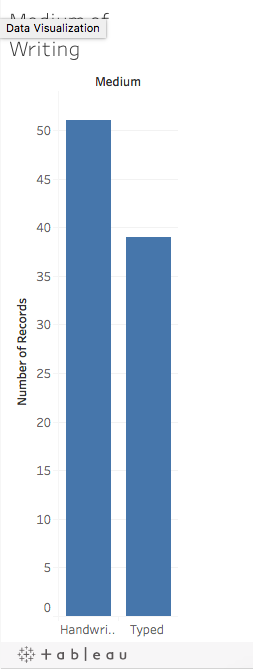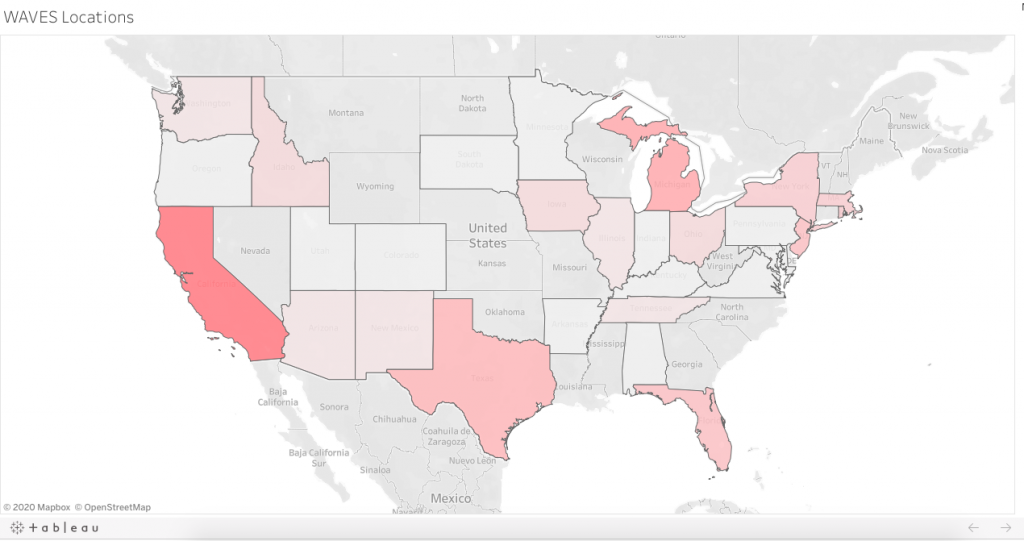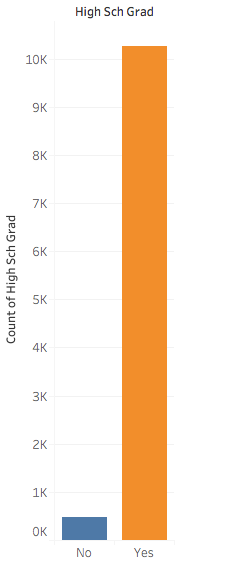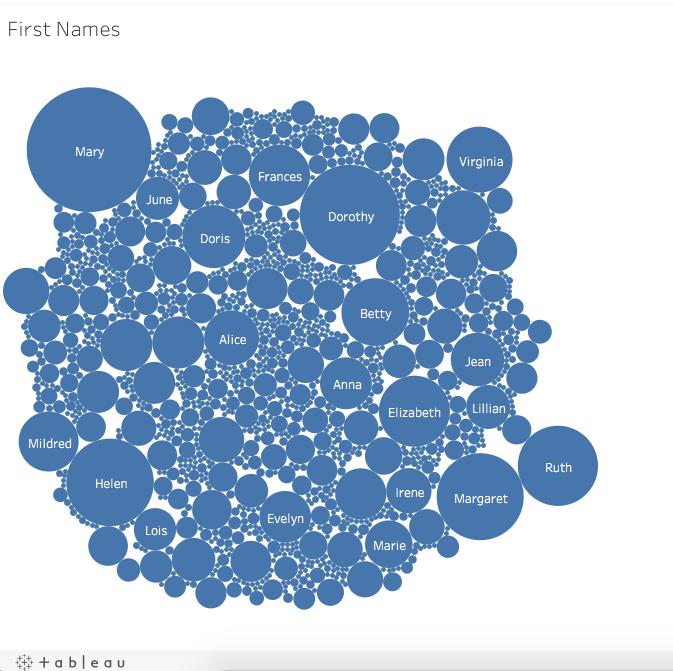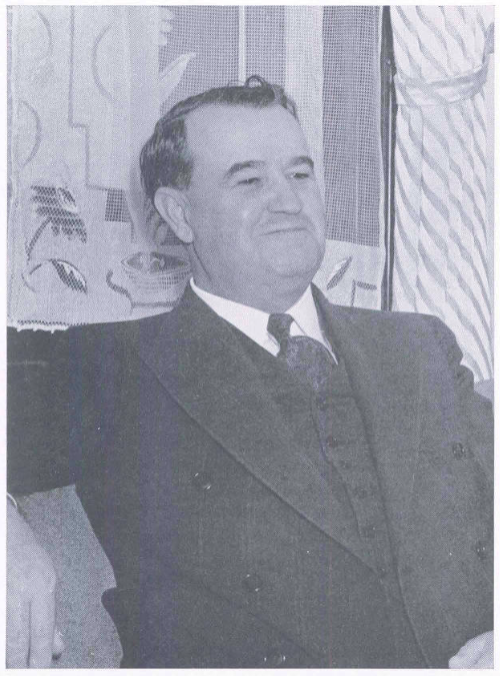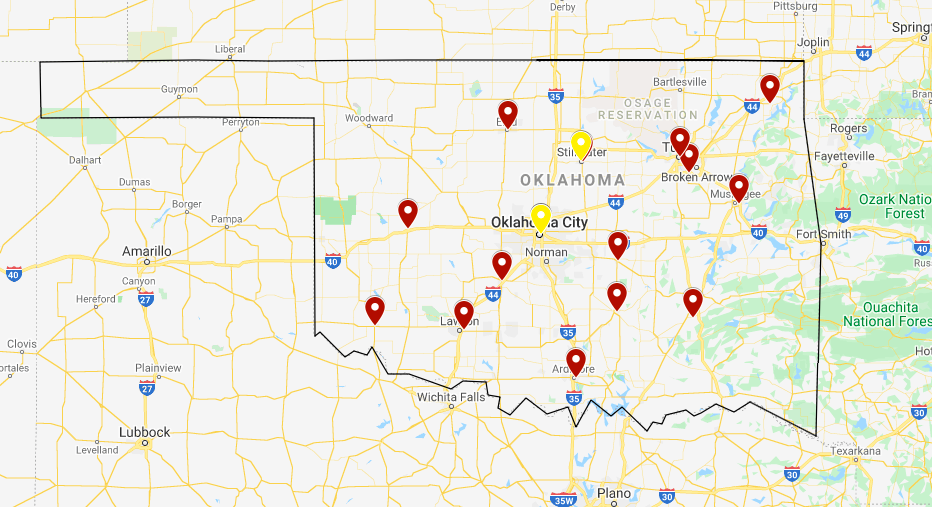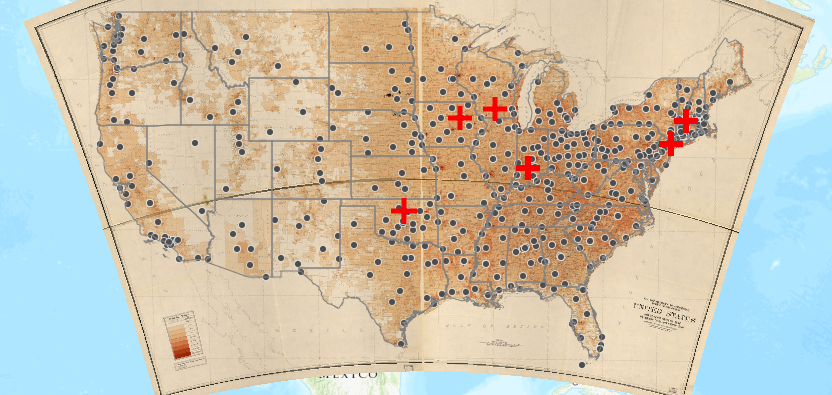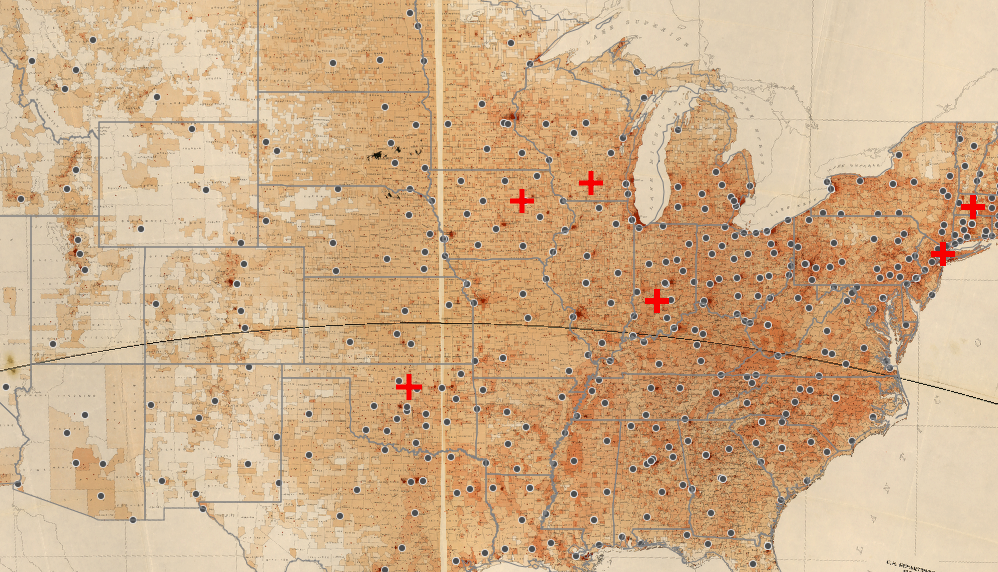Hi everyone! The past few posts I’ve made on the blog have been part of my most recent project called “Discovering Digital Humanities with the OSU Library.” Hopefully you’ve had a chance to view some of them and get an idea of just how much DH is going on here at OSU! I’ve really enjoyed getting to meet faculty from different departments and discuss DH with them. This blog post discusses a bit of the background behind the project and some themes that I’ve noticed throughout the interviews.
My intern committee came up with the idea for this project in the Fall of 2020 and I began planning out the project with hopes for a launch in the middle of the semester. One of the main goals for this project was to have it live past my time as an intern, since I’m a senior and will be graduating in May 2021. Thus, it was vitally important to document every step of the project by creating an easy to follow workflow that detailed every single aspect of the project. This work flow includes a list of potential interviewees organized by department, the template for pretty much any email that the interviewer will have to send, editing guidelines, and even sample questions for the interview. When the next intern comes along, they’ll be able to start at the top of the document and won’t have to wonder about a thing!
There’s also a handy dandy tracking spreadsheet. It includes the list of who I’ve asked to participate, what date I received a reply, all the way through the project until the final step: emailing the interviewee the video. The purpose of this sheet is to make sure that nothing falls through the cracks, ensuring that the intern is being professional.
The actual interview doesn’t take very long, about twenty minutes, and I enjoy having a real conversation with the interviewee. While I have a set list of questions prepared, I rarely use them, instead letting the conversation flow naturally. I like to think that there are two distinct portions of the conversation: the part about the project the interviewee has been working on and the part about DH in general; questions such as “How did you get interested in DH?” Many of these professors have used these projects in their classes and so I love asking about student’s reactions to DH.
While the interview doesn’t take long, the editing takes a bit of time. I go through about three versions for each video and cut out the superfluous parts, long pauses, and sometimes rearrange parts of the interview. After my supervisors have reviewed it, it’s published on YouTube and the intern blog with a short description.
There are a few themes that I’ve noticed throughout the interviews. First, are the themes of collaboration and understanding DH. Most of the interviewees aren’t “computer people.” They don’t have a background in computer science and said they were really nervous to start their project. However, they all went on to have successful projects because they got help, usually from the library, and it is this theme of collaboration that ultimately made their projects successful.
One other theme is teaching students how to interact with DH. Surprisingly, for many of these classes, it has made history, or English, or Art History, more accessible to the students. It’s not just about the history, its making history easy to understand for all students. This is a big part of why the digital aspect of study is important for the humanities: it makes the humanities relevant, accessible, and useful to students, faculty, and the public.
I hope that this project will continue past me, and that you enjoy the upcoming videos!
-Claire
